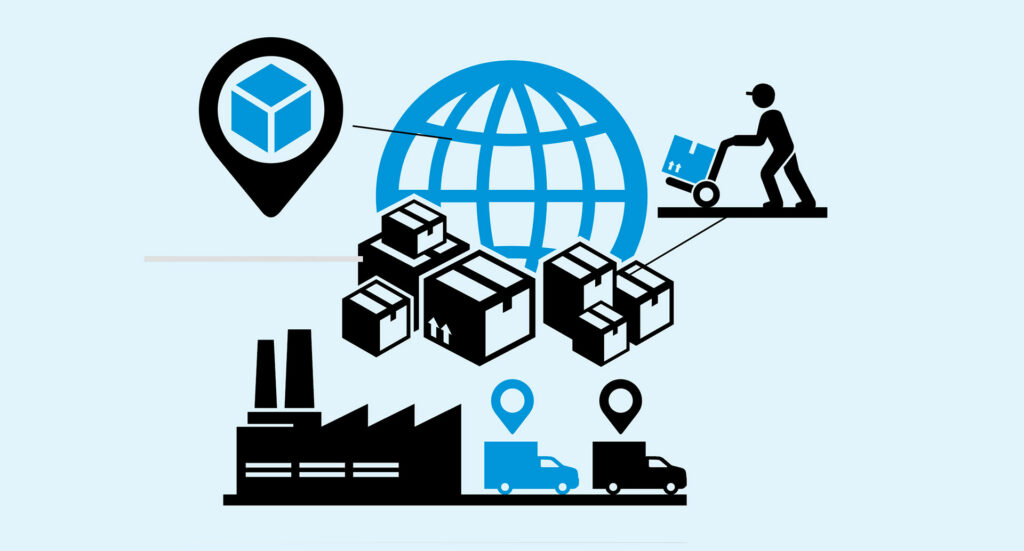The COVID pandemic changed the workplace in fundamental ways. It altered the rules for how businesses navigate a crisis, and it upended the playbook long used by leaders for overcoming previous crises such as the Great Recession. Pandemic-induced workplace disruption, first measured in weeks and then in months and eventually traversed multiple years, meant supply chains were strained to their breaking point. We still feel the effects in 2023.
Businesses that were healthy prior to March 2020, were hobbled by broken supply chains and unable to keep up with demand. In some sectors, demand flatlined altogether. Sustaining cash flow throughout 2020 and 2021 remained a concern for many, if not most businesses. Piled on that were emerging and deepening concerns about inflation that made it likelier that yesterday’s sale would be tomorrow’s debt. Then there was a major shakeup to the physical workplace, including who was inhabiting it and whose office calendars remained unflipped, stuck on March 2020 even a year later. Business leaders have continued to navigate work-from-home and hybrid work arrangements while managing worker productivity. A labor shortage necessitated that companies run nimbler with fewer staff while searching for new efficiencies.
Many companies found that one key to doing just that was software modernization. A new ERP platform radically helps businesses discover efficiencies that they can use to keep pace, even now, with fewer workers while staying ahead of the inflation curve. Software modernization is a useful tool for improving efficiencies in several ways:
Automation: Businesses can better control costs while more effectively managing their employees’ time through automated processes that help various departments communicate better via an optimized ERP platform. This can help save on labor costs and buoy a business struggling to find workers, providing insulation against the most harmful effects of inflation and staffing costs.
Better Data Management and Security: Software modernization provides companies with an updated dashboard that translates company performance into digestible insights. In other words, better software means data becomes more cohesive and actionable. A good ERP platform will connect the dots for company leaders providing new visibility into operations. Opportunities to save on costs are more easily identified. Improved data security also means less time spent on fixing IT issues and vulnerabilities.
Improved Customer Experience: A modern ERP platform often translates into a business offering a better experience for its customers. When insights on customer interactions and experience are more easily shared intra-departmentally, businesses can do more to cater to their customers’ needs and respond quickly if there is ever an issue with a product. This means customers spend more money, more frequently and have a better feeling about the company and its offerings. For businesses, this means maintaining healthier revenue streams even during times of higher inflation.
Businesses should audit their ERP or other enterprise software platforms every 5-7 years depending on their industry. It’s important to enlist a knowledgeable team that can identify areas for improvement and execute a modernization plan. Doing so will pay dividends in the near-term, and will also be an integral part of the business leaders’ revamped, post-Covid playbook for navigating future challenges.





